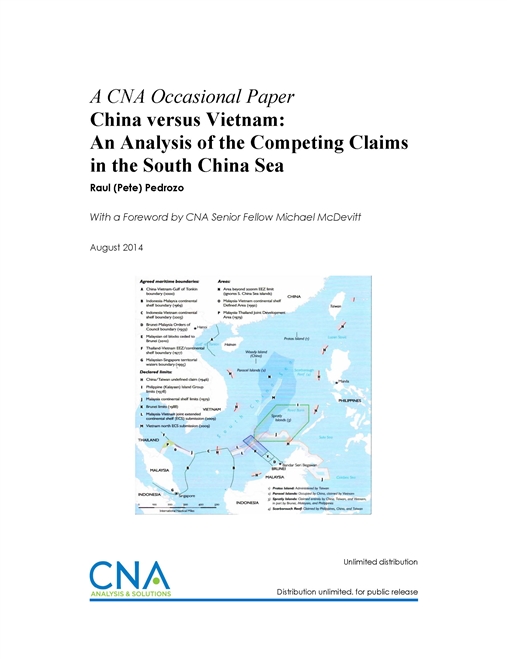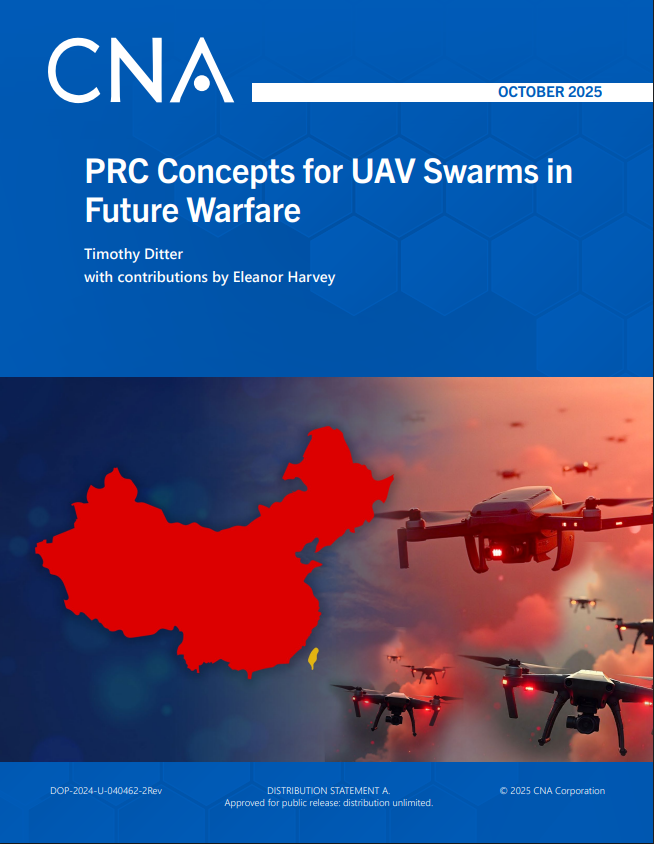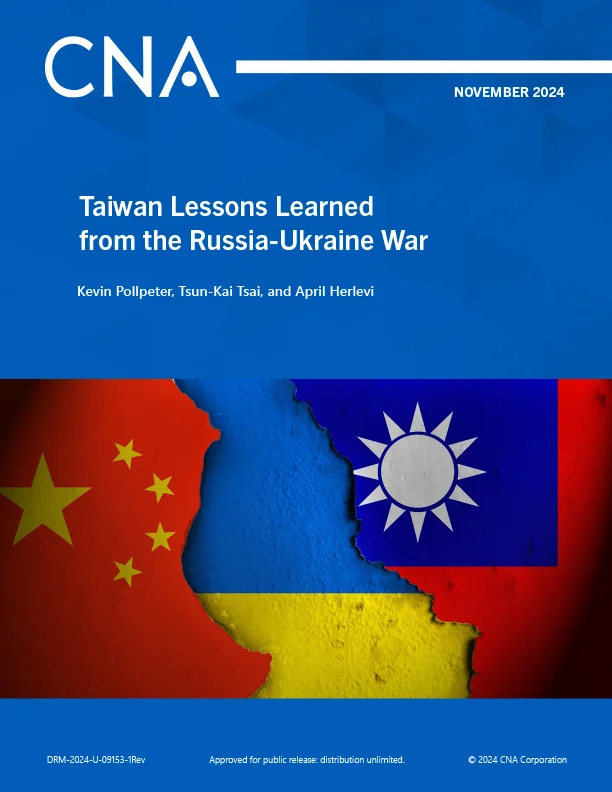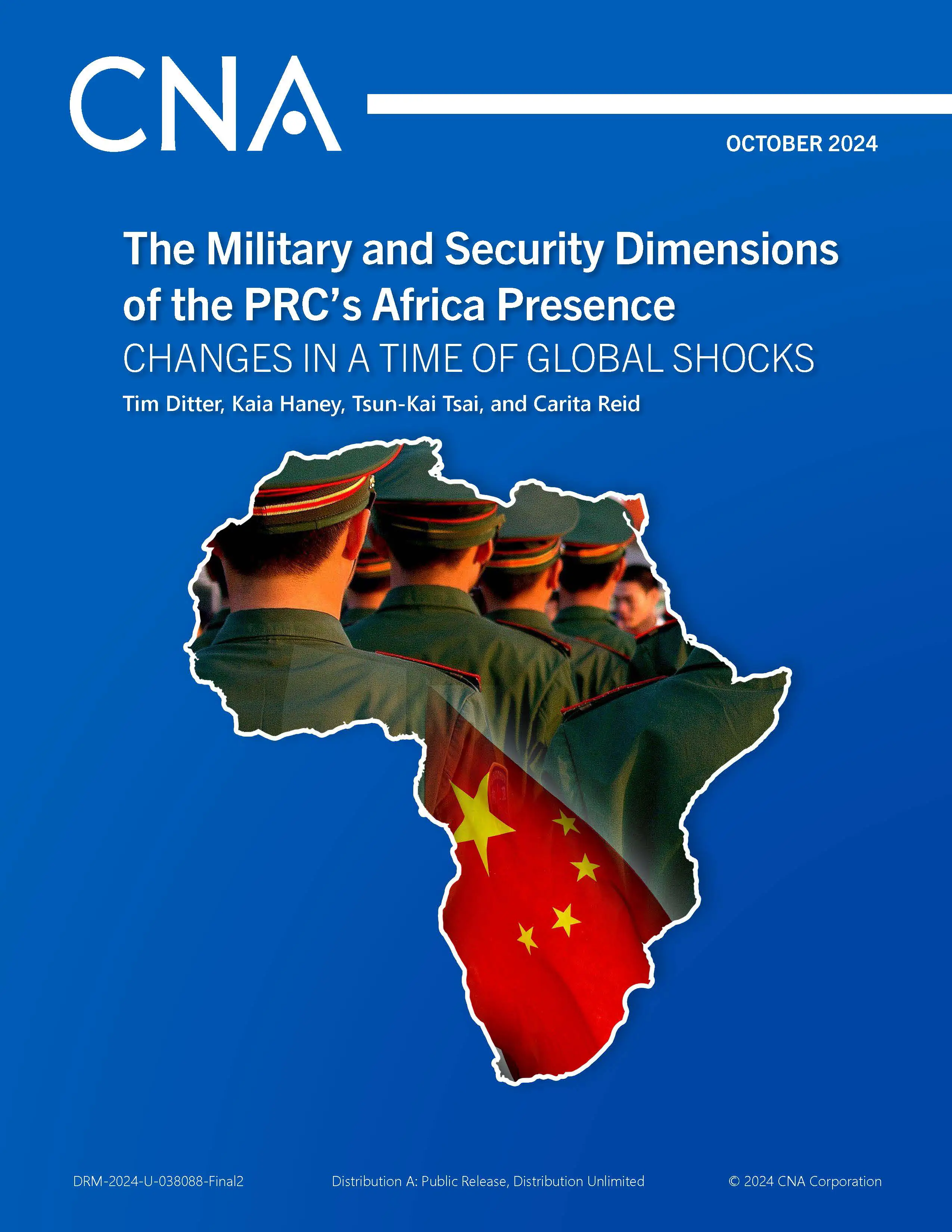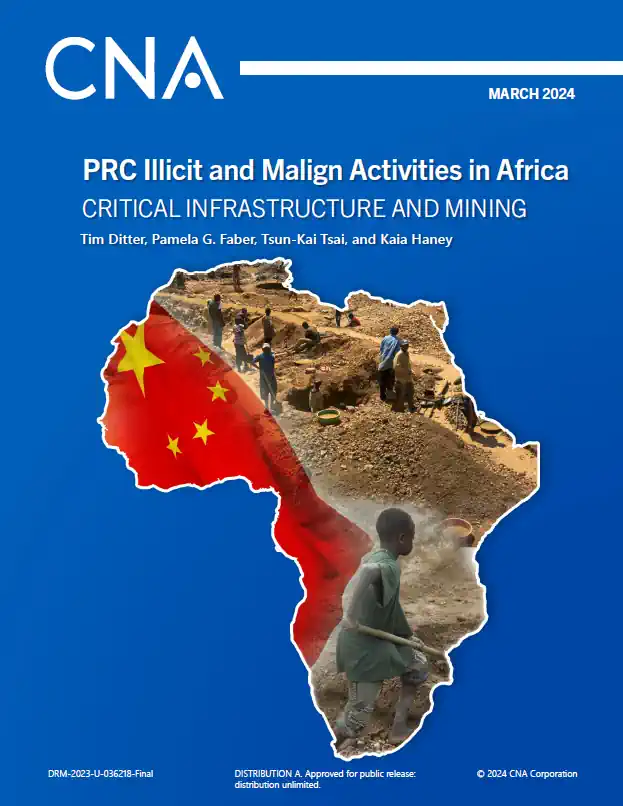The South China Sea stretches from Singapore and the Strait of Malacca in the southwest, to the Strait of Taiwan in the northeast. It is bounded on the east by the Philippine Islands, on the south by Borneo, on the west by Vietnam, and on the north by mainland China. The area includes several hundred small islands, rocks, atolls, islets, cays, shoals, sandbars, and reefs. Many are underwater at high tide, while others are permanently submerged even at low tide. These features, most of which are uninhabitable, are situated in three island chains (the Spratly, Paracel, and Pratas Islands), the Macclesfield Bank, and Scarborough Shoal.
The South China Sea links the Pacific and Indian oceans and is home to some of the world’s busiest and most strategically important sea lines of communication. More than half of the world’s oil tanker traffic and over half of the world’s merchant fleet (by tonnage) sail through these waters every year. In addition, the South China Sea is rich in natural resources, including abundant fisheries and potentially large oil and natural gas deposits. Sovereignty over the various land masses—and the resulting maritime zones that would flow from these features—would place many of these resources under the exclusive control of one nation. Competing claims to these resources could result in conflict, which, in turn, could affect the free flow of commerce through the region. Peaceful resolution of the dispute is, therefore, critical to maintaining regional peace and stability, as well as a vibrant world economy.
Pratas Island and the Macclesfield Bank are claimed by Taiwan and China. No nation has challenged China’s or Taiwan’s claim to Pratas Island. However, Macclesfield Bank and its surrounding shoals are located beyond the territorial sea of any nation and are permanently submerged, even at low tide. Accordingly, these features may not be claimed by any nation. Although the International Court of Justice (ICJ) has stated that international law “is silent on the question whether low‐tide elevations can be considered to be ‘territory,’” and that there is no “customary rule which unequivocally permits or excludes appropriation of low‐tide elevations,” the few rules in the law of the sea that govern low‐tide elevations “do not justify a general assumption that low‐tide elevations are territory in the same sense as islands.” Moreover, the Court noted that “it has never been disputed that islands constitute terra firma, and are subject to the rules and principles of territorial acquisition; [however,] the difference in effects which the law of the sea attributes to islands and low‐tide elevations is considerable.” Accordingly, the Court concluded that “it is thus not established that in the absence of other rules and legal principles, low‐tide elevations can, from the viewpoint of the acquisition of sovereignty, be fully assimilated with islands or other land territory.” A similar, albeit more persuasive, argument could be made with regard to completely submerged features, such as Macclesfield Bank. Nonetheless, because China’s claim to Macclesfield Bank is not contested by Vietnam, it is not discussed in detail in this paper.
Scarborough Shoal is claimed by China, Taiwan, and the Philippines. The total area of the shoal, including its inner lagoon, is 150 square kilometers. The reef is situated about 170 nautical miles (nm) east of Macclesfield Bank, 115 nm off the Philippine island of Luzon (Zambales Province), and 472 nm from the Chinese coast. China argues that it discovered the shoal and has exercised effective control over it for hundreds of years. The Philippines claims that it has effectively occupied the shoal since 1946. Because the dispute over the shoal does not involve Vietnam, it is not discussed in detail in this paper.
Download reportDistribution unlimited. Specific authority contracting number: E13PC00009.
Details
- Pages: 142
- Document Number: IOP-2014-U-008433
- Publication Date: 8/2/2014
